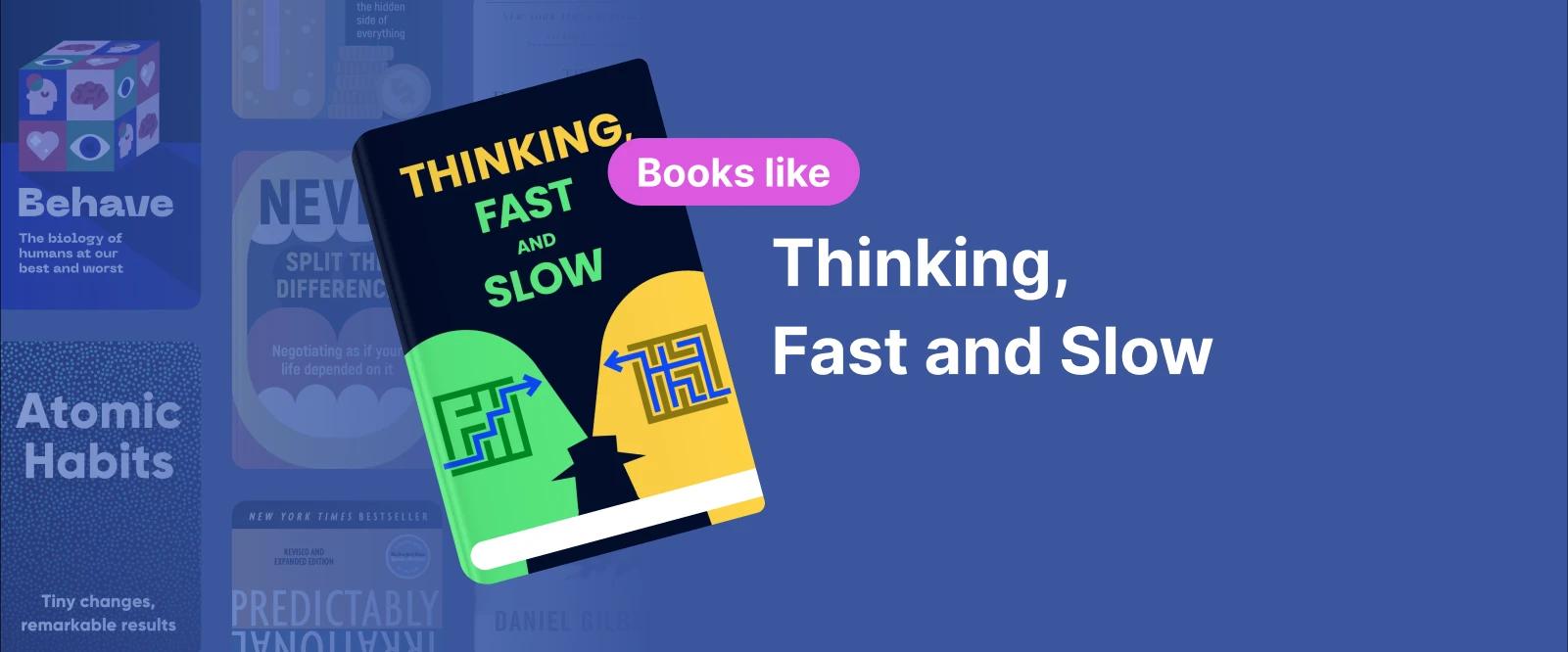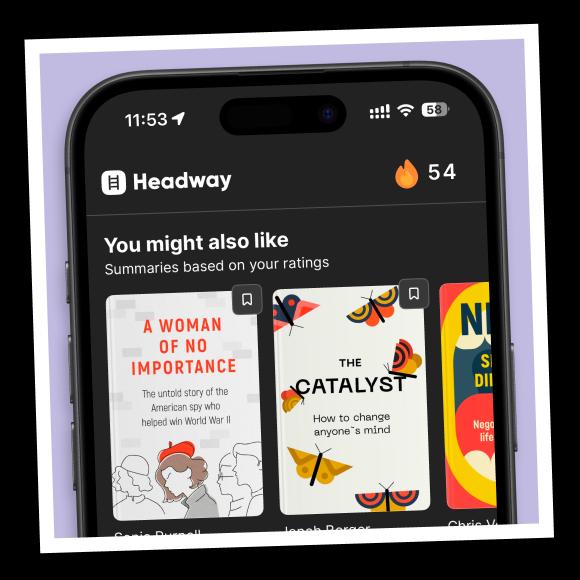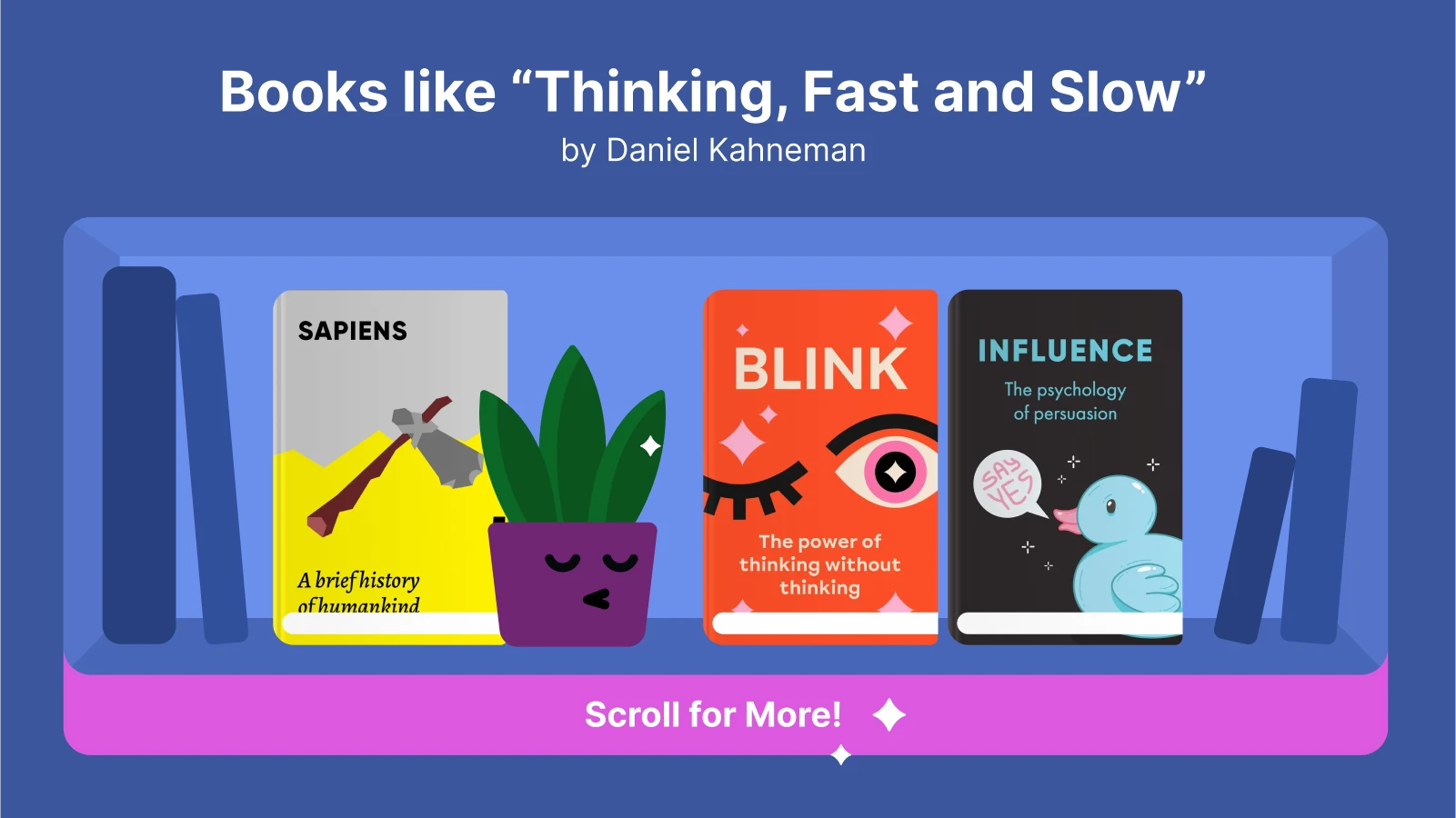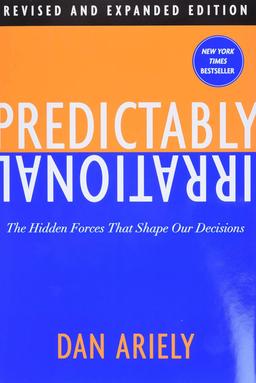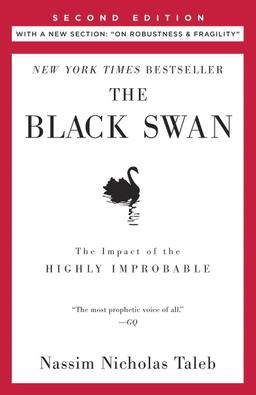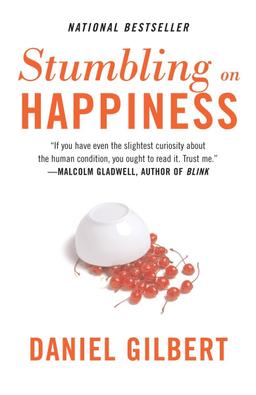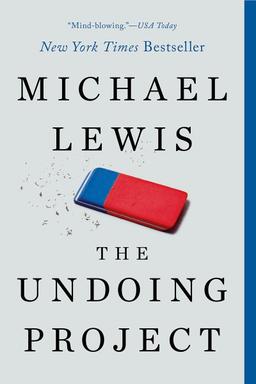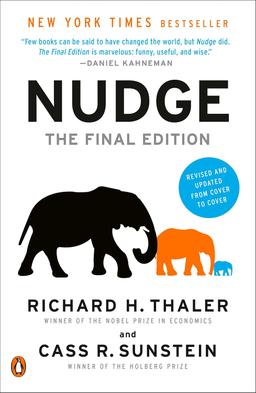If you're fascinated by why people act the way they do, these book recommendations for books like 'Thinking, Fast and Slow' are worth reading. And if you want to explore these ideas faster, the Headway app gives you 15‑minute book summaries with audio and daily insights.
Download Headway today and start making better choices in less time.
Quick answer: What are the best five books like 'Thinking, Fast and Slow'?
'Predictably Irrational' by Dan Ariely: A witty look at hidden forces shaping our choices.
'Nudge' by Richard H. Thaler and Cass Sunstein: Practical tools for better decision‑making through smart design.
'The Black Swan' by Nassim Nicholas Taleb: Why rare, unpredictable outliers reshape the world.
'Blink' by Malcolm Gladwell: The strengths and limits of intuition and real‑life snap judgments.
'Behave' by Robert Sapolsky: A sweeping neuroscience and behavioral science perspective on human nature.
📘 Want all 5 decoded fast? Get Headway for behavioral science insights in 15 minutes each!
The 14 best books similar to 'Thinking, Fast and Slow'
Below is a carefully selected list of the top 14 books that resonate with the ideas found in 'Thinking, Fast and Slow.' Each of these works builds upon the foundational concepts introduced by Kahneman and Tversky, thereby enhancing our understanding of human behavior.
1. 'Sapiens: A Brief History of Humankind' by Yuval Noah Harari
It's a sweeping overview of human history that explains how shared fictions like money, nations, and religions enabled Homo sapiens to cooperate and thrive.
Harari identifies four revolutions — the Cognitive, Agricultural, Unification of Humankind, and Scientific. He shows how cooperative concepts shape collective decisions. It frames human progress as deeply tied to Kahneman's System 1 stories and System 2 planning.
Similarities between the books:
The role of beliefs in decision-making
Support a multidisciplinary perspective
Cognitive limits shaping society
2. 'Blink' by Malcolm Gladwell
A lively dive into thin‑slicing, or the ability to make snap judgments quickly and accurately.
Gladwell explores why intuition can sometimes outperform analysis, using cases like art experts spotting forgeries and firefighters sensing danger. He explains how subtle environmental priming cues influence fast decisions.
Similarities between the books:
Analyze the strengths and weaknesses of System 1
Use real‑world stories
Explore intuition vs. deliberation
3. 'Influence: The Psychology of Persuasion' by Robert B. Cialdini
It's a classic book on persuasion and the six principles — reciprocity, consistency, social proof, authority, liking, and scarcity — that drive human behavior.
Cialdini shows how everyday techniques tap into human biases. The updated edition adds modern digital contexts, explaining why these principles still work. Readers gain a toolkit for recognizing and ethically applying persuasion in business, leadership, and daily life.
Similarities between the books:
Study how biases distort decisions
Firmly based on experiments
Have practical applications
📘 Want to persuade ethically? Try Headway for all 6 principles mastered in minutes!
4. 'Behave: The Biology of Humans at Our Best and Worst' by Robert M. Sapolsky
A multidisciplinary look at human behavior, tracing influences from biology to culture.
In this bestseller, Sapolsky explains choices as the product of layered causes: seconds‑before brain activity, hormonal cascades, childhood development, and evolutionary history. He demonstrates how environment and biology interact in shaping actions.
Similarities between the books:
Explore human decision‑making with biology and psychology
Emphasize the complexity of behavior
Train you to think in systems, not simple causes
5. 'Atomic Habits' by James Clear
A practical framework for behavior change, grounded in psychology and small, sustainable actions.
Clear introduces the habit loop — cue, craving, response, and reward — and the Four Laws of Behavior Change. He emphasizes systems over goals, showing how environmental design makes good choices by default. His 2‑minute rule and identity‑based habits help turn intention into reality.
Similarities between the books:
Show how small steps add up
Focus on decision processes
Use psychological insights for real‑world application
6. 'Freakonomics' by Steven D. Levitt and Stephen J. Dubner
A curious yet sharp look at what really motivates people.
Levitt and Dubner show how incentives shape behavior in ways we rarely recognize. They reveal how data exposes surprising truths, such as the link between real estate agent behavior and self‑interest.
Their detective‑style storytelling makes economic reasoning approachable. It challenges assumptions, much like Kahneman's rationality.
Similarities between the books:
Expose hidden drivers of choice
Challenge conventional wisdom
Bring research to life with stories
📘 Love hidden economics? Start Headway for counterintuitive insights from data-driven thinkers!
7. 'Never Split the Difference' by Chris Voss & Tahl Raz
A negotiation guide built from FBI hostage negotiation tactics.
Voss presents techniques like mirroring, labeling, and expressing tactical empathy to calm emotions and reach better outcomes. His approach highlights how biases and emotions influence conversations.
The lessons apply beyond business, spanning family, partnerships, and daily decision‑making. It demonstrates debiasing in practice by slowing the other party's fast thinking and steering toward collaboration.
Similarities between the books:
Emphasize emotional intelligence in decisions
Practical strategies
Use psychology to improve outcomes
8. 'Predictably Irrational' by Dan Ariely
An entertaining, experiment‑rich look at irrational behavior and its predictable patterns.
Ariely shows how anchors, free offers (zero price effect), and social norms distort rational choices. He shares memorable experiments, from pricing tricks to honesty studies, that reveal why humans misjudge value.
The lessons apply to marketing, work, and personal life. Ariely helps readers spot when intuition misleads and how to design around it.
Similarities between the books:
Analyze biases systematically
All based on experiments
Challenge economic rationality
9. 'The Black Swan' by Nassim Nicholas Taleb
A deep dive into rare, high‑impact events and why our human minds struggle with uncertainty.
Taleb explains the outsized role of unpredictable events in finance, history, and life. He contrasts "Mediocristan" and "Extremistan" to show why averages often mislead.
The book critiques overconfidence in models and prediction. It also pairs with Kahneman's call for humility in order to preserve robustness.
Similarities between the books:
Examine overconfidence and hindsight bias
Highlight flaws in intuitive reasoning
Stress unpredictability
10. 'Stumbling on Happiness' by Daniel Gilbert
A witty, science‑driven guide to why humans mispredict their future happiness.
Gilbert explains affective forecasting errors — why imagination misleads us about joy and regret. He shows how the "psychological immune system" cushions disappointment.
It teaches how to use others' experiences as data rather than relying solely on personal intuition. It reframes happiness as a decision‑making process vulnerable to bias.
Similarities between the books:
Explain forecasting errors
Highlight cognitive biases
Link intuition to real‑life choices
📘 Tired of predicting wrong? Get Headway for happiness science from psychology experts!
11. 'The Undoing Project' by Michael Lewis
A narrative on the collaboration of Kahneman and Tversky that shaped modern behavioral economics.
Lewis tells the story behind prospect theory, anchoring, and loss aversion. He captures the personalities and debates that birthed behavioral economics. The book explains how their partnership influenced fields from medicine to sports. It enriches the context of 'Thinking, Fast and Slow' by showing the human side of science.
Similarities between the books:
Share the same authors' research legacy
Highlight biases and heuristics
Show how theory applies to practice
12. 'Nudge' by Richard H. Thaler (a Nobel Prize winner in Economic Sciences, 2017) and Cass R. Sunstein
A guide to choice architecture — designing environments that guide better decisions.
Thaler and Sunstein explain how defaults, incentives, and framing can improve outcomes without limiting freedom. They coined libertarian paternalism, balancing autonomy with support.
The book jumps from health decisions to money habits to policy choices. If you want behavioral economics that actually helps in real life, this is it.
Similarities between the books:
Spotlight cognitive biases
Offer debiasing strategies
Connect psychology with real‑world outcomes
13. 'The Power of Habit' by Charles Duhigg
Duhigg introduces the habit loop (cue, routine, and reward) and explains how keystone habits drive transformation. He uses examples from athletes and social movements to show habit power at scale.
It teaches that rewiring cues and rewards changes outcomes, equipping readers with tools to recognize and shift their behaviors.
Similarities between the books:
Examine the unconscious patterns guiding behavior
Offer science‑backed ways to change outcomes
Connect psychology with practical action
14. 'Antifragile: Things That Gain from Disorder' by Nassim Nicholas Taleb
A bold framework on how systems can benefit from shocks and uncertainty.
Taleb argues that beyond resilience lies "antifragility" — systems that get stronger from stress and volatility. He applies this concept to health, economics, and innovation.
It imparts strategies on how to thrive in unpredictable circumstances.
Similarities between the books:
Caution against overconfidence and prediction errors
Explore decision‑making under uncertainty
Highlight strategies for robustness and growth
📘 Want to thrive in chaos? Try Headway for antifragility strategies from Taleb and resilience experts!
Think fast, slow, and beyond with Headway
The 15 books above expand on the ideas in 'Thinking, Fast and Slow,' while offering new ways to understand cognition, decision-making, and the hidden drivers of human behavior.
Whether you're drawn to practical self-help frameworks, cutting-edge behavioral science, or big-picture views of society, these books are worth reading. They provide real-life strategies to recognize biases, improve choices, and embrace uncertainty.
And if you want to absorb these lessons faster, the Headway app can help. With over 2,000 summaries of thought-provoking books, Headway delivers 5–15 minute summaries, audio versions, and daily insights that make learning easy to apply.
Download Headway today and keep building better decisions one idea at a time.
Frequently asked questions about books like 'Thinking, Fast and Slow'
What's the main concept behind 'Thinking, Fast and Slow'?
The book reveals the two systems that drive our thinking. System 1 is your fast, automatic brain — the one that makes quick judgments without you even realizing it. System 2 is the slow, effortful one that handles complex tasks. Understanding how they work together (and against each other) can help you think more clearly and make better decisions.
What type of psychology is 'Thinking, Fast and Slow'?
This concept is a classic of cognitive psychology and behavioral economics. It explores how our brain's shortcuts (System 1) and logical reasoning (System 2) influence everything from our daily choices to major life decisions. The book's insights into our predictable irrationality are game-changers for understanding human behavior.
What are the criticisms of 'Thinking, Fast and Slow'?
Some critics say the book presents a selective narrative rather than a full review of the evidence. A few of the original psychological experiments have also faced challenges in being replicated by other researchers. While the central concepts remain powerful, it's good to remember these discussions to get a more complete picture.
How does 'Predictably Irrational' relate to 'Thinking, Fast and Slow'?
Both books are foundational to behavioral economics, revealing the surprising ways we are not rational. They work together to show how biases and emotional factors, not just logic, drive our choices. Reading them in combination gives you a deeper, more complete understanding of why humans behave the way we do.
How does Kahneman explain happiness?
Kahneman breaks down happiness into two types: the experiencing self and the remembering self. The experiencing self feels joy or pain in the moment, but it's the remembering self that tells our life story based on how it felt at the peak and the end. Understanding this helps us focus on what truly matters.
How can the Headway app benefit me with books like 'Thinking, Fast and Slow'?
Headway gives you the key takeaways from complex books like this in just 15 minutes. You can get the core insights on behavioral economics and cognitive biases in a quick, digestible format. It's perfect for understanding yourself and others better every day without the time commitment of a full read.

